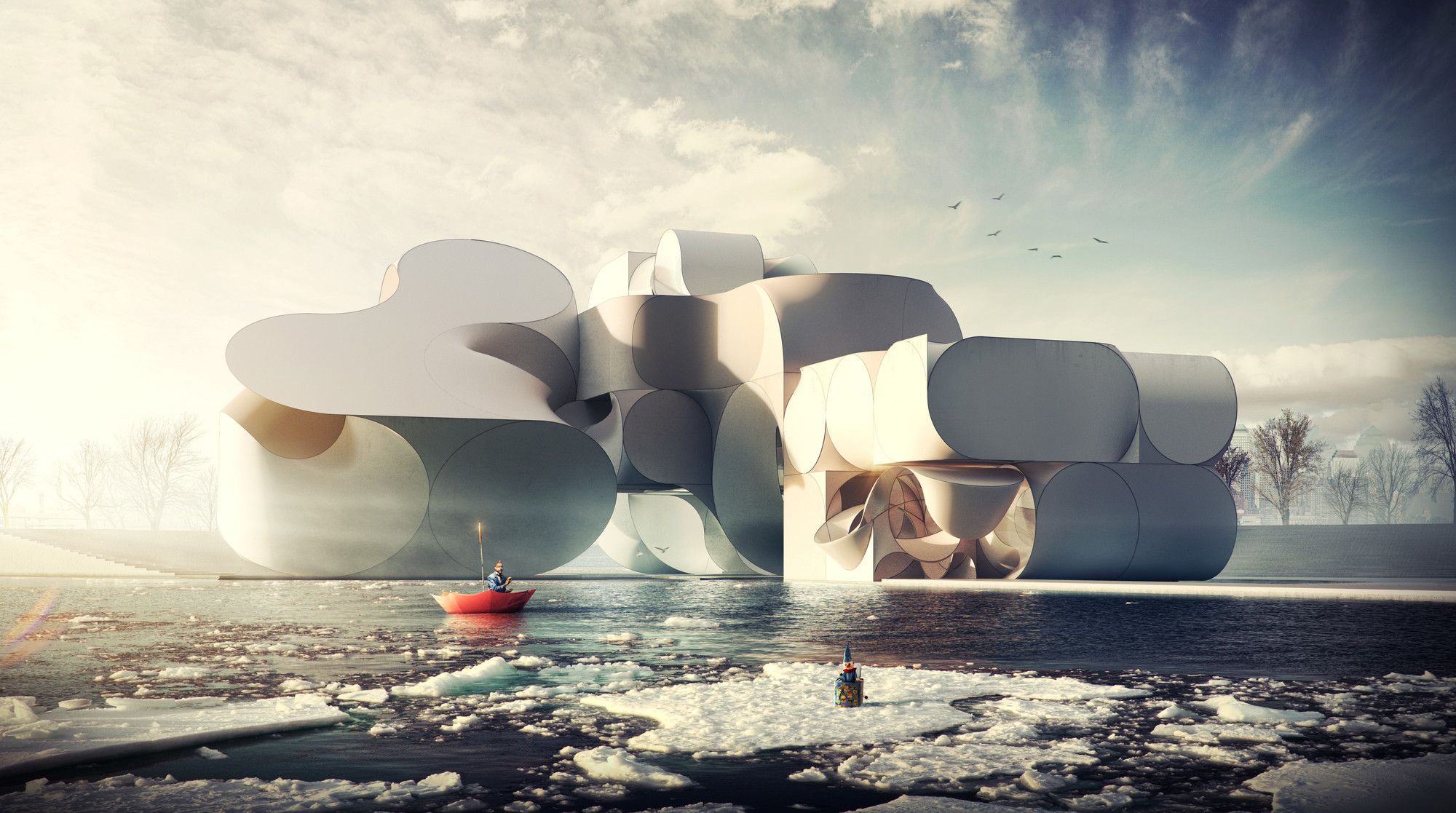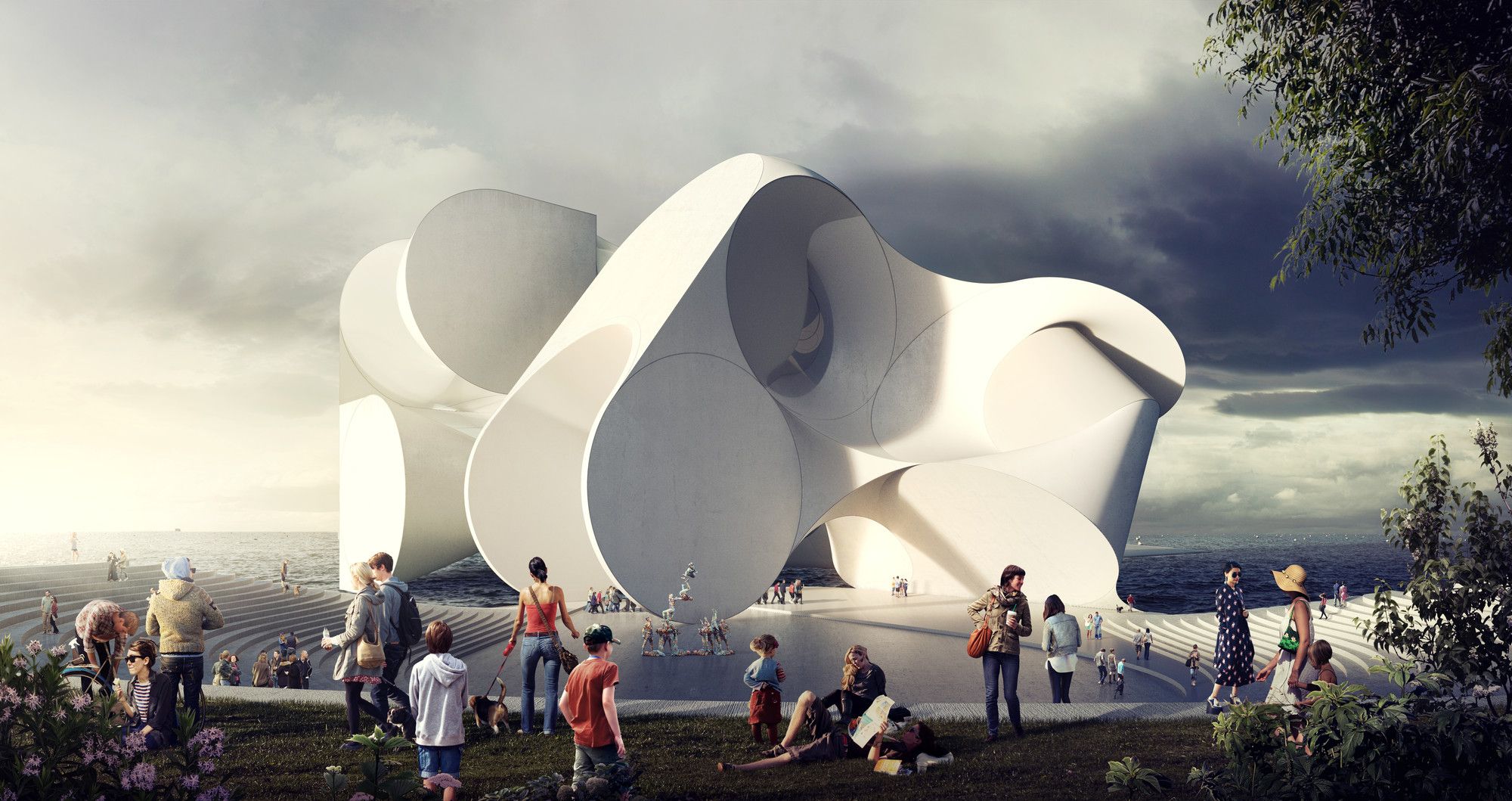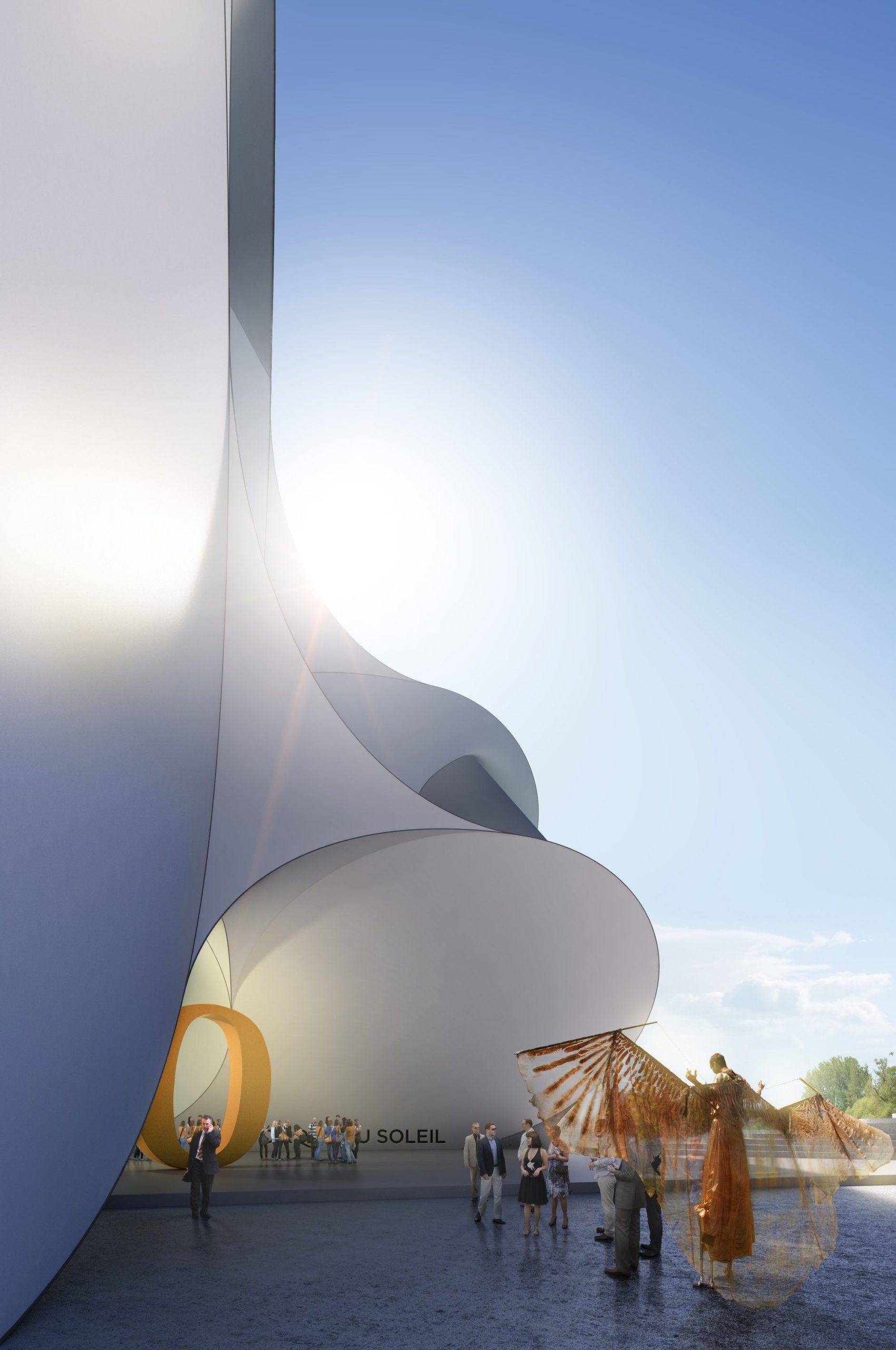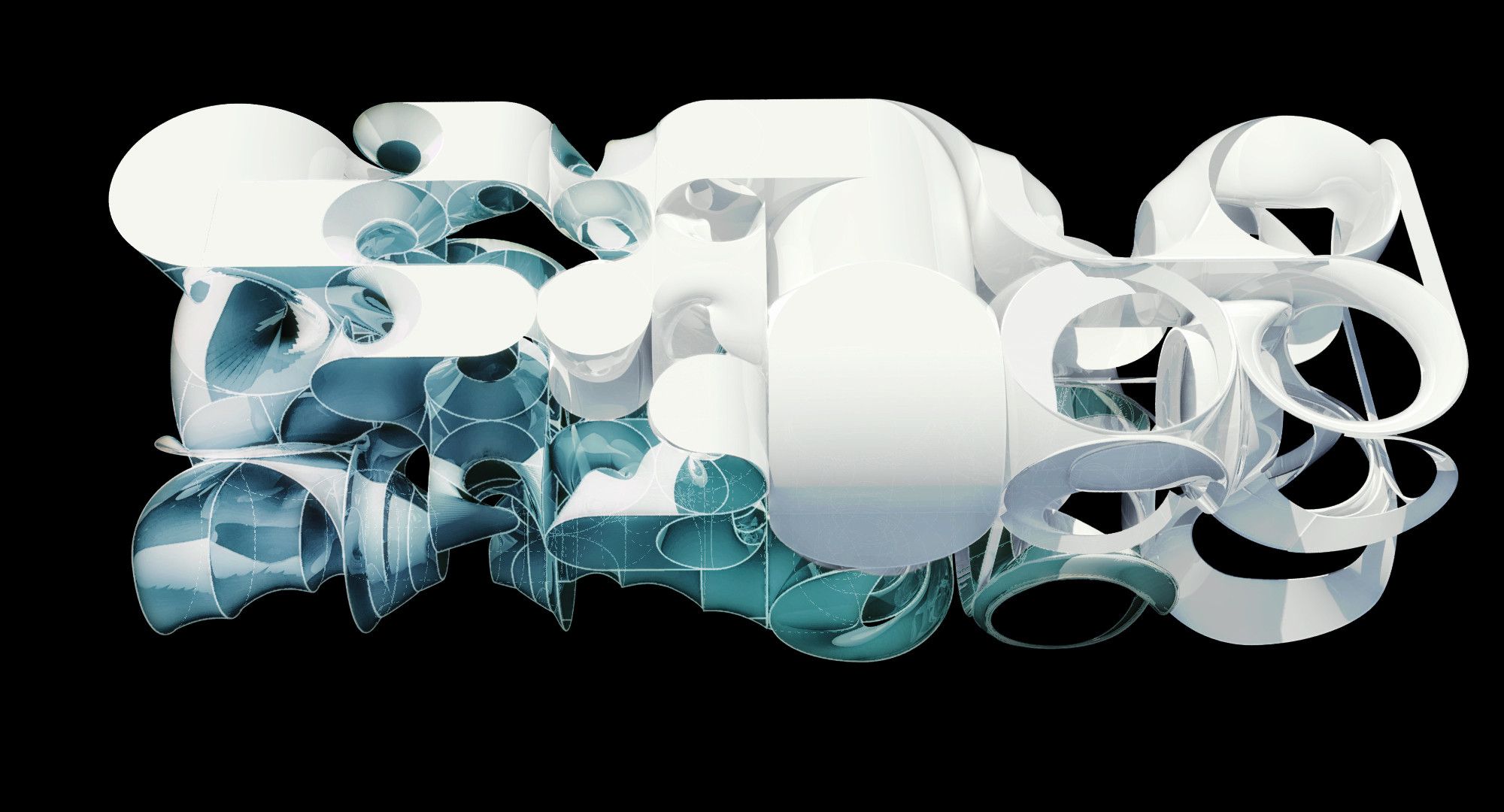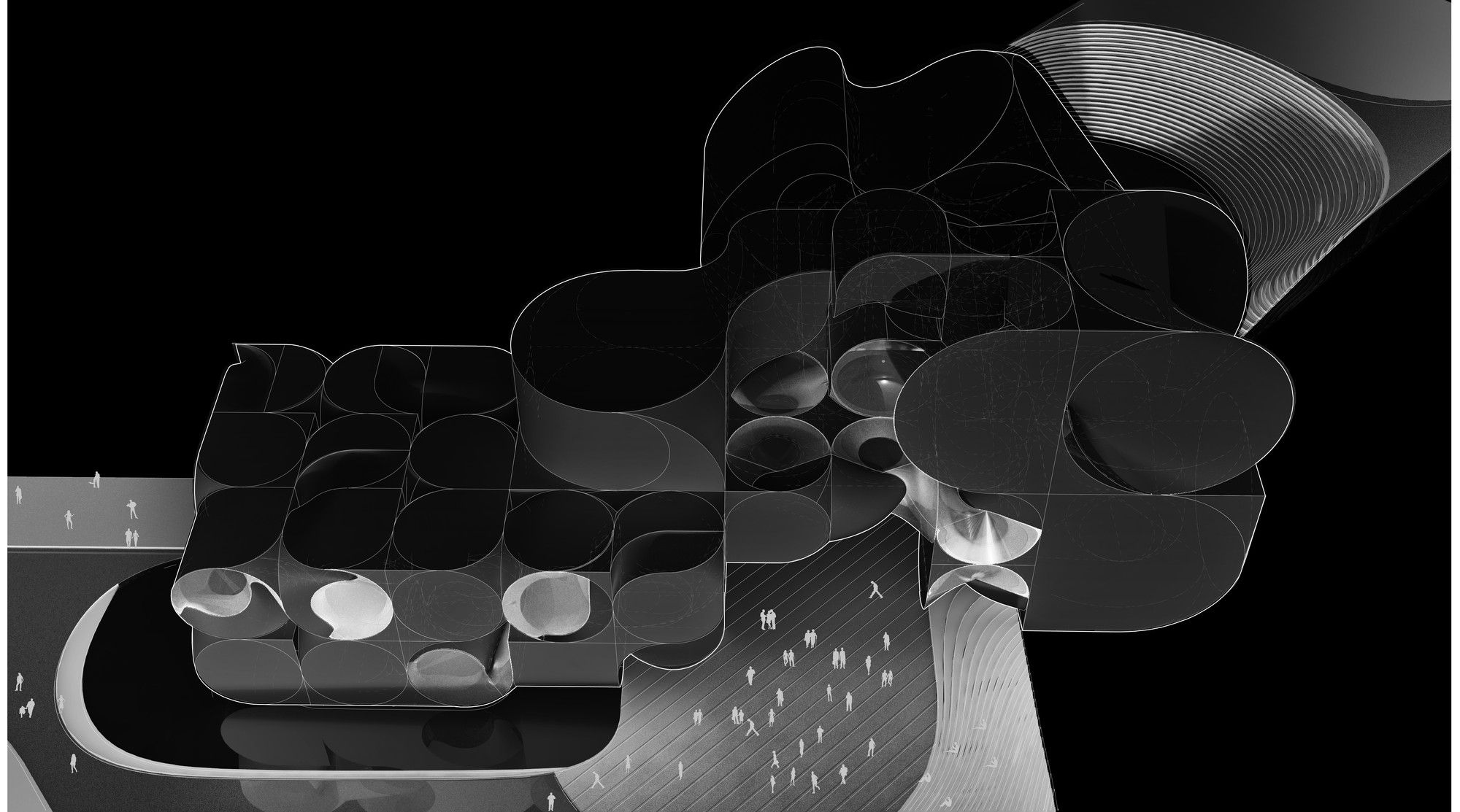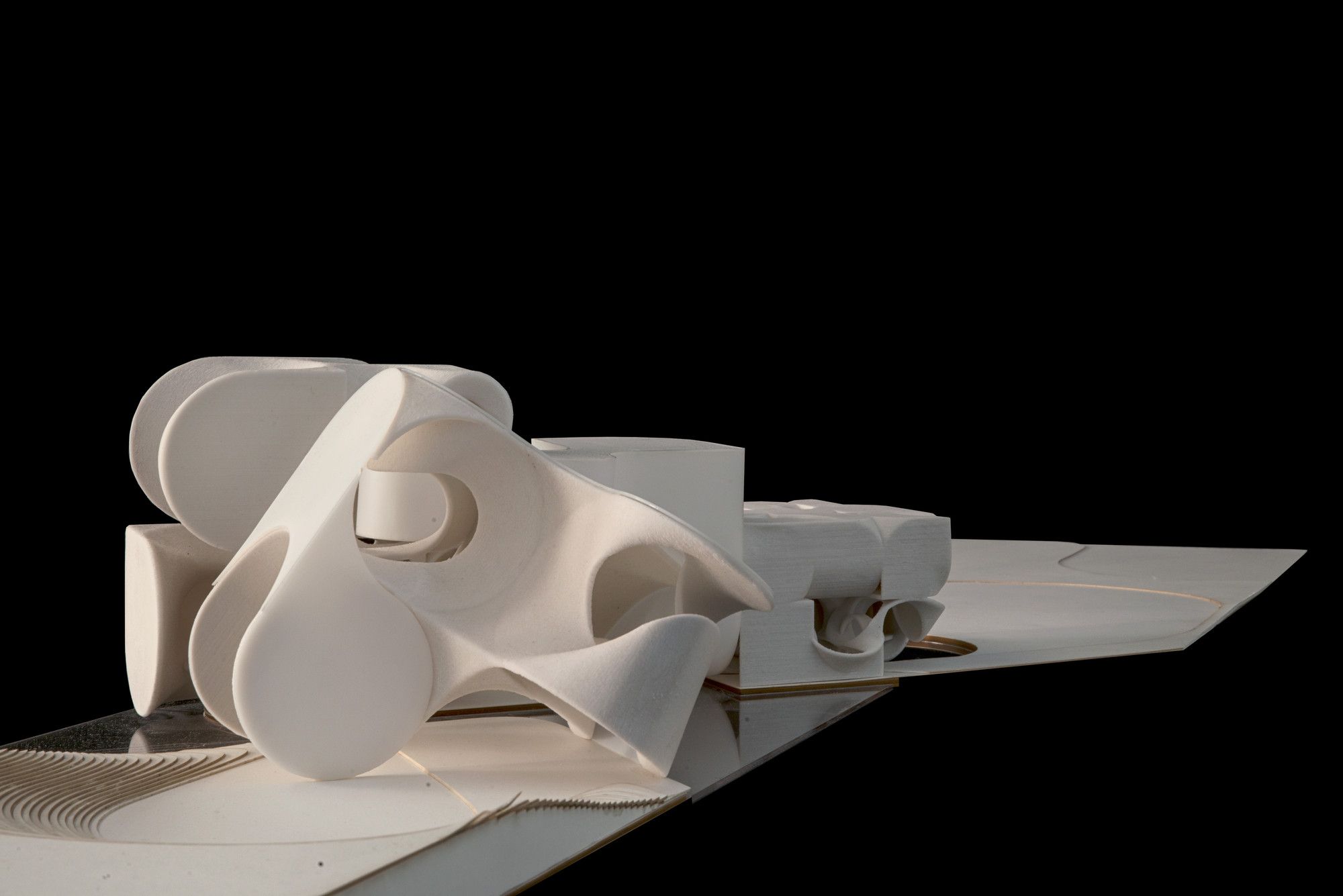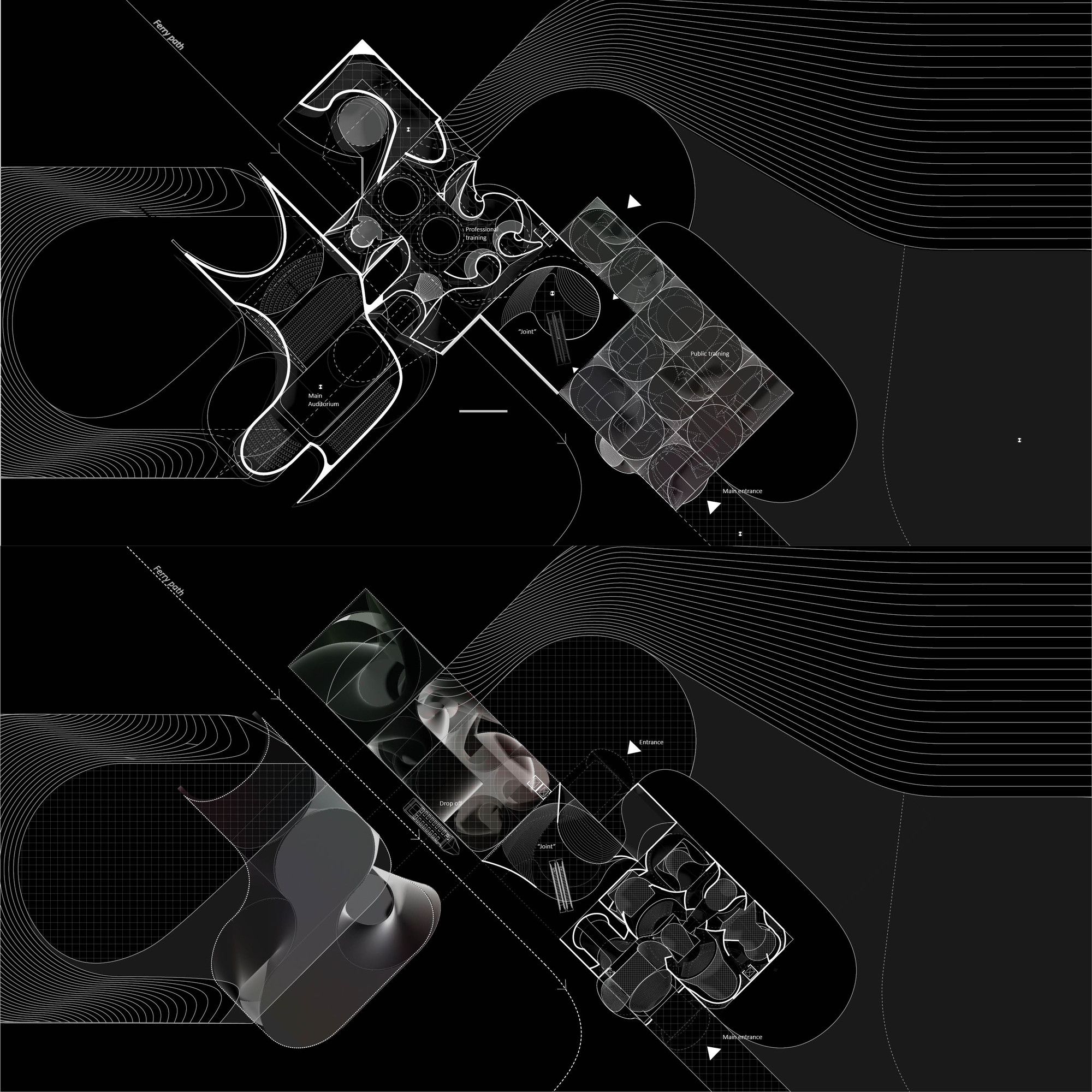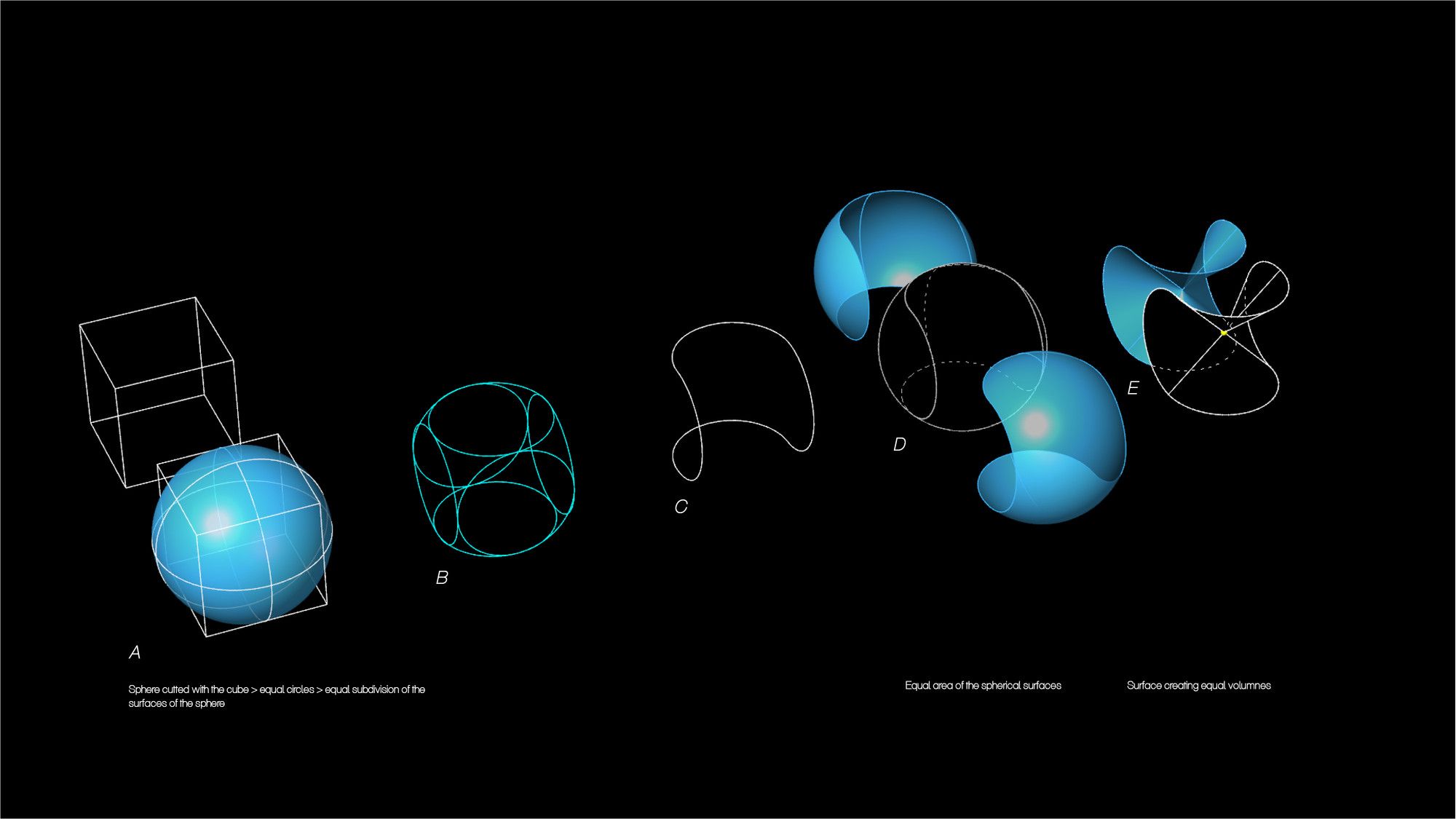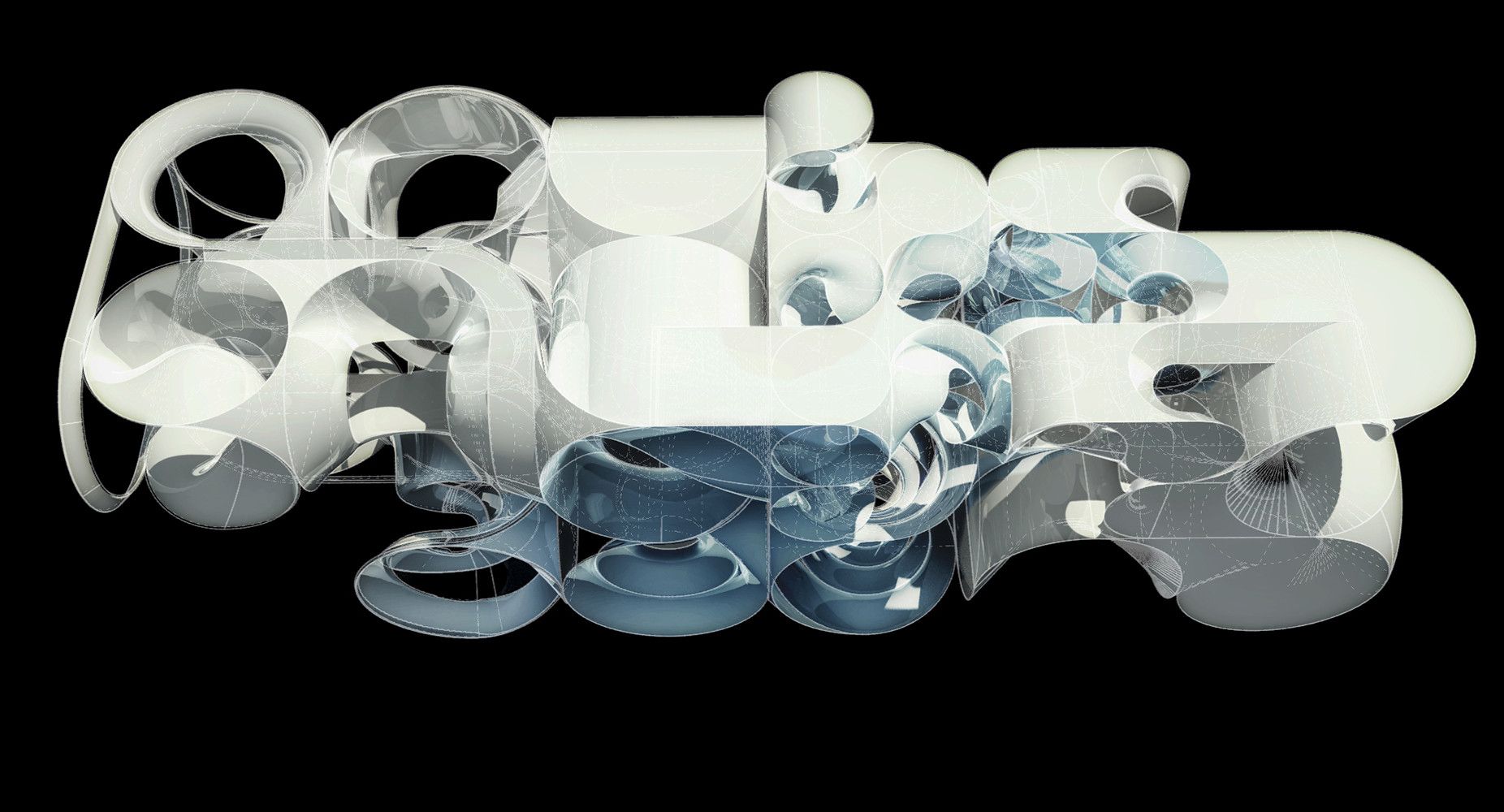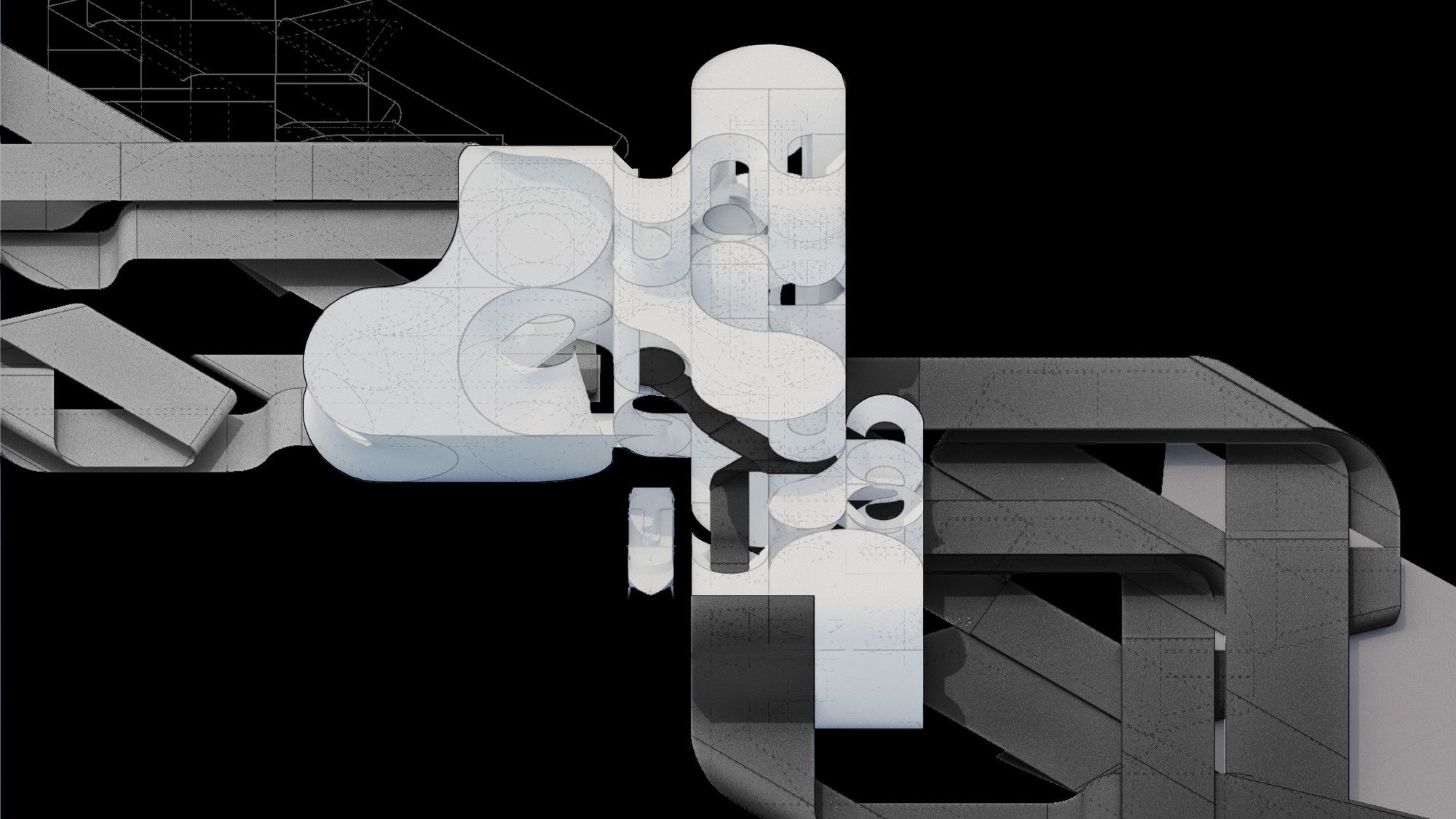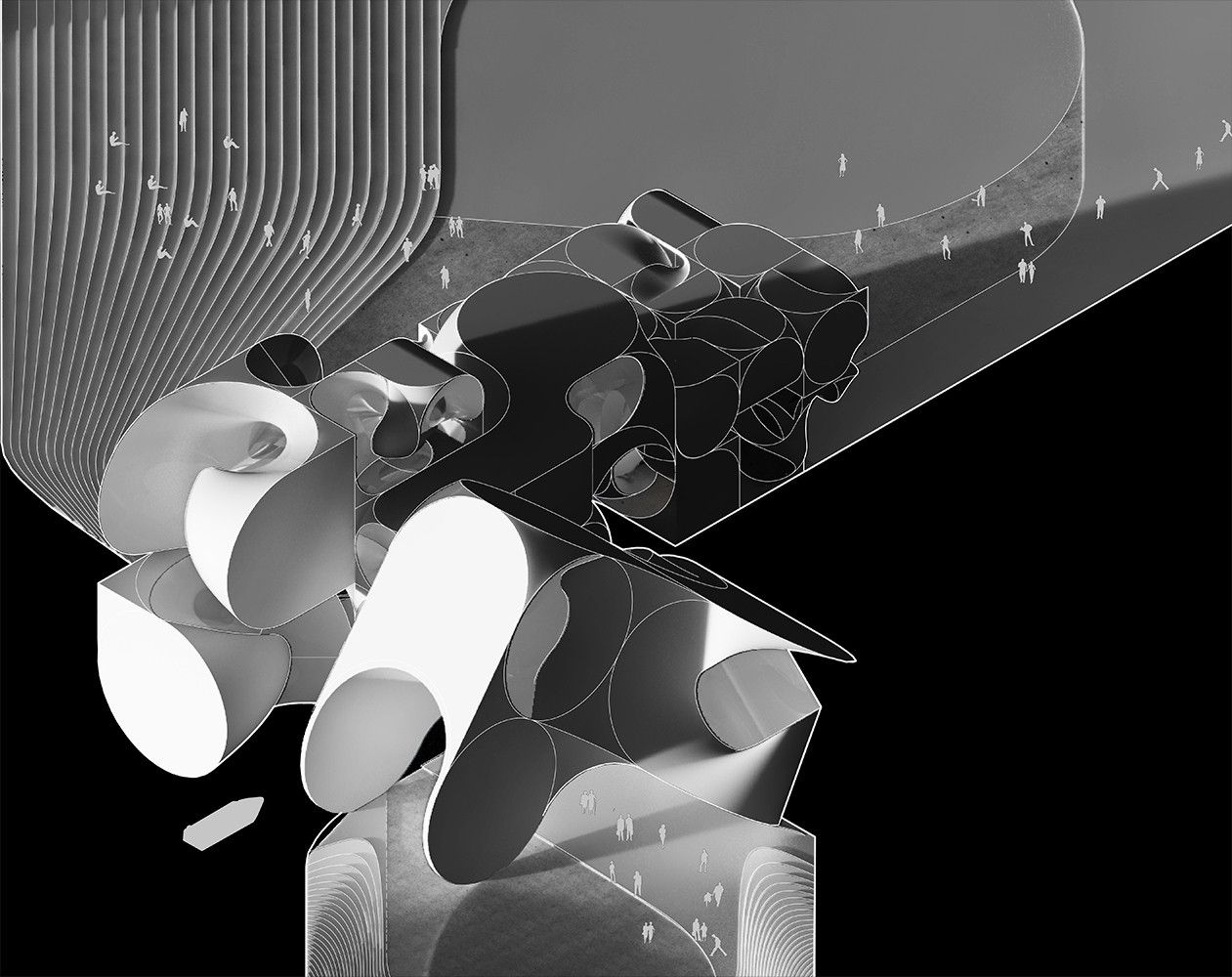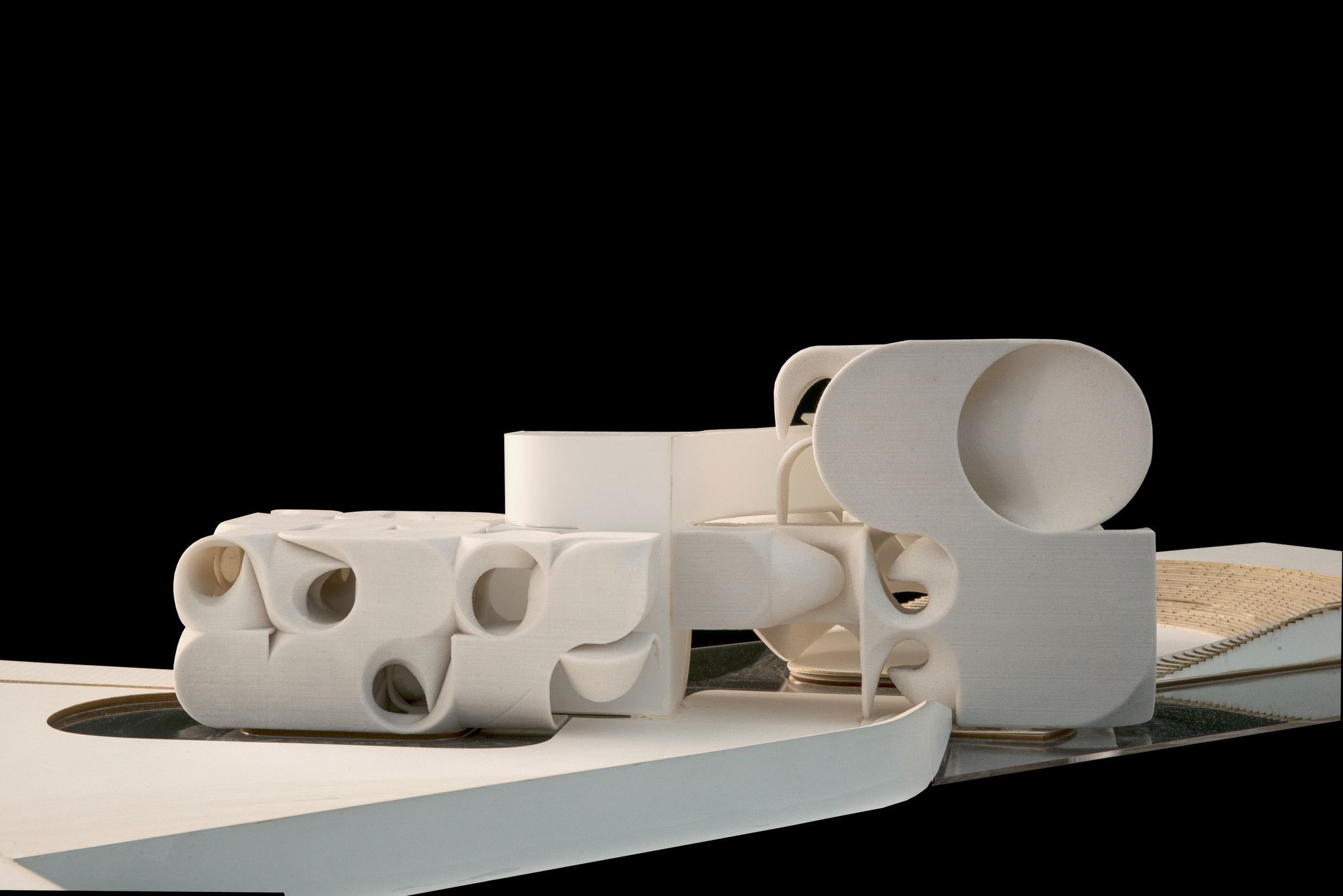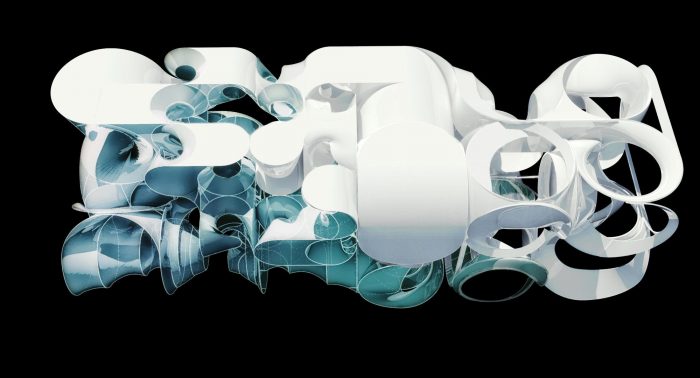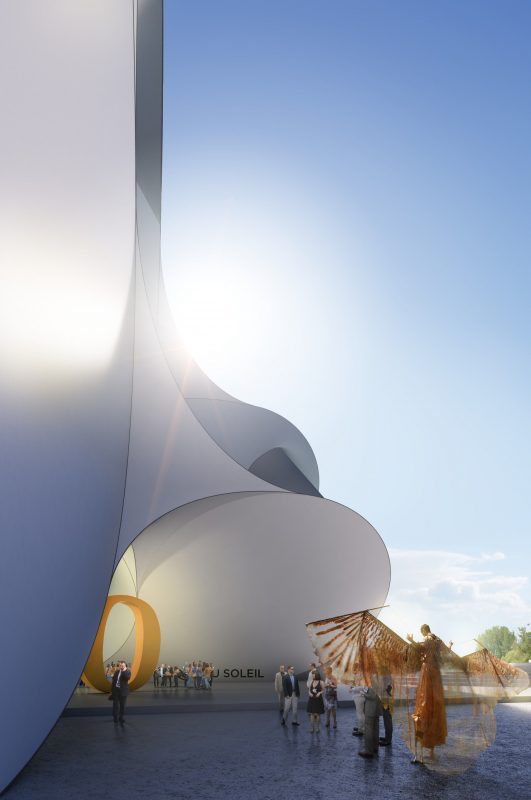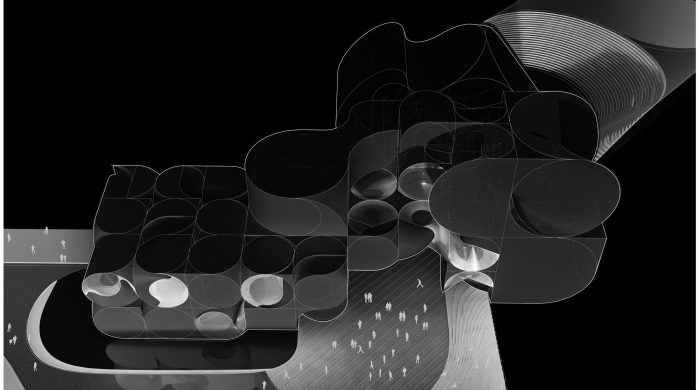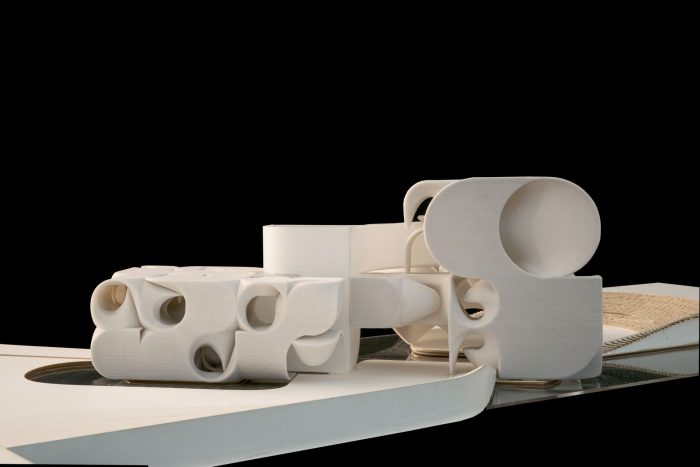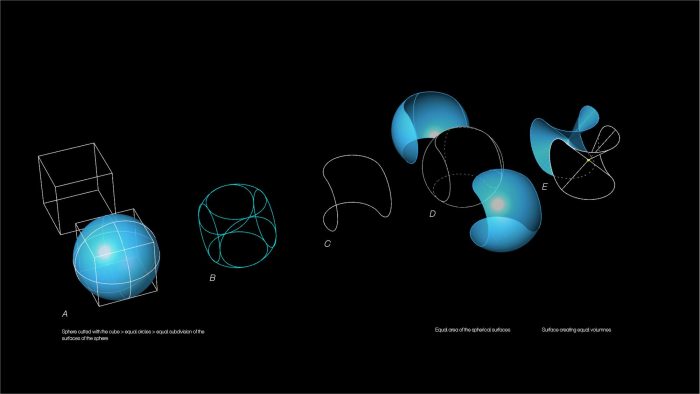Curated by Peter Weibel and Gerald Bast
At the Vienna Biennale 2015 the University of Applied Arts Vienna is entirely focused on Performing Public Art. Therefore nine artists or artist-groups are realizing and performing their “Ideas for Change” in project, which had specially and on the occasion of the Vienna Biennale been developed. These nine projects are performative and artistic interventions in the public space in Vienna. Public art is taking place on the Viennese streets and squares.
Public art actually represents a great opportunity for a functioning democracy. Sculpture becomes not only site-specific, rather it also becomes a performative object, which is first completed by the public‘s participation and through its interaction with an active recipient. Within the framework of worldwide activism, many artists have brought forth new forms of performative sculpture, new forms of “public art”. Today public art aims to create an event in public space. It aims to replace the silent sculpture with a new language of awareness. This new language arises from actions, interactions and events. Unnoticed by the gallery and museum system, artists have produced a new form of public art. It has become one of the most important fields of practice in contemporary art, at the moment in history where painting and sculpture are increasingly becoming market art, thus withdrawing from the public, i.e. from a democratically active public
The Performing Public Art Festival is accompanied by a documental exhibition at the new Angewandte Innovation Lab (AIL), which outlines the short history of performative public art. The AIL serves also as festival centre for the artists and the audience.
Johan Lorbeer
Still Life Performance – Tarzan / Standbein
Of course, it is possible to find clear points of similarity between the lively work of this artist and the public-entertainment genre of life sculpture which can frequently be viewed in town squares across Europe. However, Lorbeer’s work differs from this in a fundamental way, in that the artist remains a real human being, he himself spending an hour and a half in tempo of the sculpture.
Barbis Ruder
Value Chain – 2F Attack
Value Chain (2013–2015) is a series of works comprising various body interventions in public space. 1F – Attack is the series‘ sixth work. In the early morning hours Barbis Ruder runs up against a rotating advertising column. Like a fly attracted by the light the artist smacks against its surface again and again. In 2F – Attack, the live variant of the video, six artists throw themselves against facades and closed doors. By this tilting against windmills, the artists attack the institutions with their own flesh and blood. The intervention occurs along a route between Angewandte, MAK, Kunsthalle Wien Karlsplatz and Kunsthalle/MQ. The rhythm is unchanging: first the artists lie exhausted on the ground, only to rise again, run to the next location and undertake the next attempt.
Shinseungback Kimyonghun
Aposematic Jacket
Aposematic Jacket‘ is a wearable camera for self-defense. The lenses on the jacket give off the warning signal, “I can record you”, to prevent possible attack. When the wearer pushes a button under threat, the jacket records the scene in 360 degrees and sends the images to the Worldwideweb.
Amy Spiers & Catherine Ryan
Ordering the Public
A group of hired security guards will patrol selected public areas in Vienna during the Performing Public Art Festival. At designated times, a single behaviour will no longer be ‘acceptable’ in a particular public space. These behaviours will be simple, innocuous things, such as speaking loudly, using a phone, walking in certain areas, having your hands in your pockets, sitting down, or wearing certain types of clothing. It will then be the guards’ job to approach members of the public and request that they desist from the behaviour that is temporarily ‘inappropriate’. ‘Ordering the Public’ is part of a series of works by Spiers and Ryan that explore and interfere with what is visible and permissible in public space.
Wermke/Leinkauf
Mucking out
“The monumental should have no practical use. Practical use stands in the way of appreciation of pure form.” As gray relics of a dark chapter in German and Austrian history, the two flak towers in the Augarten tower above Vienna. They continue to make a dramatic mark on the park and the city to the present day. The duo Wermke/ Leinkauf has already conducted earlier projects involving the L-Tower, giving the monumental concrete structure a signal flag and performatively investigating its architectural body. In their contribution to the Vienna Biennale, the two artists take these earlier works as their point of departure, bringing the inside out and making historical layers of sedimentation visible. The deposits left by passing time are brought into the light of day in central Vienna. At the start of the Biennale, sketches and notices posted at the Angewandte Innovation Lab and in the Augarten announce the performance. On 4 July 2015 a festive procession marches from the L-Tower to the city center, there to erect an ephemeral monument.
Wiener Beschwerdechor (Vienna Complaints Choir)
Intervention LIV
Founded in early 2010 by Viennese performance and media artist Oliver Hangl, who leads the group in cooperation with choir specialist Stefan Foidl, the Wiener Beschwerdechor is a medium whose musical citizen interventions are polyphonic, contemporary, and performative, and always context- and site-specific. For the VIENNA BIENNALE the Wiener Beschwerdechor has developed a performance in several parts in which the 50-member choir will be positioned visually and acoustically along the Stubenring and at the Angewandte Innovation Lab (AIL), where they will voice current complaints. The intervention will proceed as a protest march along the Ringstrasse to the AIL as an orderly procession oscillating between parade, demonstration, and concert. Public space will become the agora for a presentation combining musical and performative elements.
